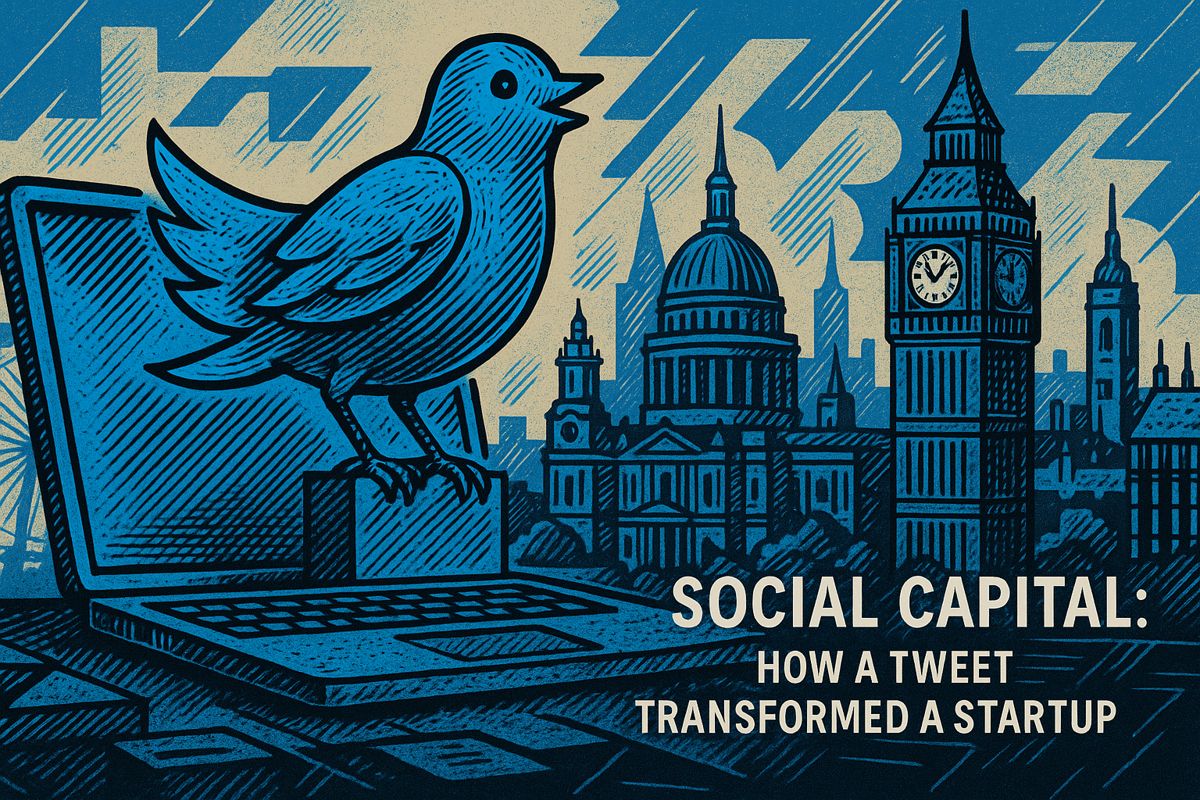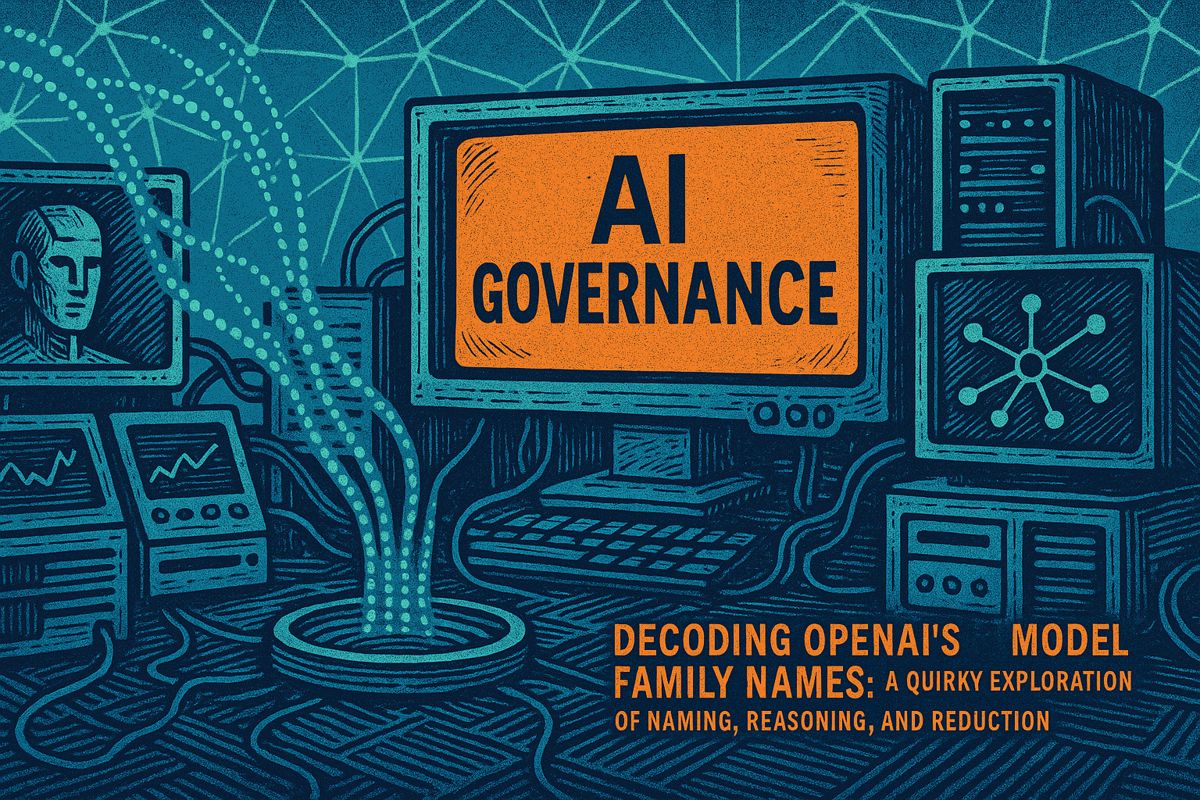GPT-5 is coming in August 2025 and will make big changes in how businesses use AI for coding. It can understand huge amounts of code at once, is much better at working with both text and images, and writes code faster and smarter than before. Early testers say it helps finish software features quicker and cuts down the time spent checking code. Big companies are excited because GPT-5 will make building and reviewing software much easier and faster.
What are the key new features and improvements in GPT-5 for enterprise AI and coding?
GPT-5 enterprise AI coding features OpenAI 2025, launching in August 2025, revolutionizes enterprise AI with:
– Top-tier programming ability, surpassing Claude 4 Sonnet
– Vast 2 million token context window for handling large codebases
– Enhanced multimodal support for text and images
– Faster, more coherent software development and code review cycles
Early-access reports indicate that OpenAI will release GPT-5 in August 2025, and the new model is already being stress-tested inside demanding environments such as the company’s internal BioSec Benchmark repository. The single most striking upgrade is its programming ability: testers consistently score it above Claude 4 Sonnet on multi-file, enterprise-grade software tasks, placing it at the top of the current AI-coding league table.
Dataset scale drives the leap. While exact parameter counts remain secret, leaked benchmarks show a context window expansion that can now keep ~2 million tokens in working memory. This allows GPT-5 to digest entire repositories, cross-reference header files, and maintain coherent variable naming across tens of thousands of lines unchanged over hour-long sessions. Early users report 31 % faster feature-completion rates compared with the already strong GPT-4o baseline.
Multimodal capabilities also receive an overhaul. GPT-5 now accepts images alongside text in the same prompt stream, enabling it to annotate diagrams, extract equations from scanned papers, and generate runnable simulation code without intermediary steps. A side-by-side demonstration with Claude 4 Sonnet shows the new system producing correct PyTorch training loops from handwritten notes 1.7× faster.
Competitive pressure shaped the roadmap. With Anthropic’s Claude 4 Sonnet and Google’s Gemini 2.0 Pro nipping at OpenAI’s heels, the company has doubled down on practical software engineering outcomes rather than headline benchmark scores. Feedback from pilot partners at Shopify, Stripe, and Notion stresses that GPT-5’s greatest value lies in reducing code-review cycles and shrinking the average pull-request queue by an estimated 28 %.
Looking ahead, OpenAI plans to fold Operator, Code Interpreter, and web-search tools into a single unified interface powered by GPT-5, creating a seamless pipeline from high-level spec to deployed service. No pricing tiers have been announced, yet demand for the new tokens is so high that the wait-list for enterprise beta access surpassed 12 000 organizations within the first 48 hours of quiet outreach.



















